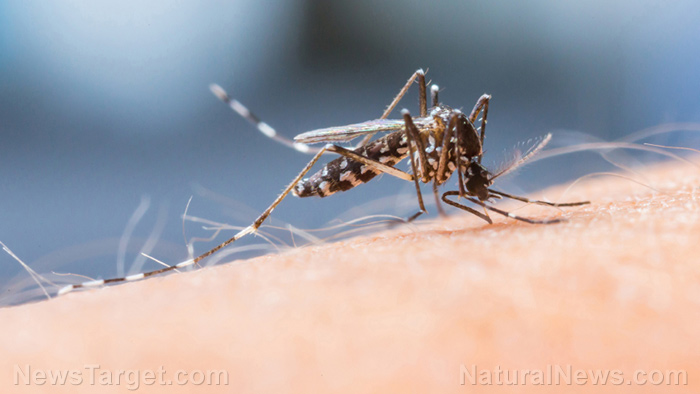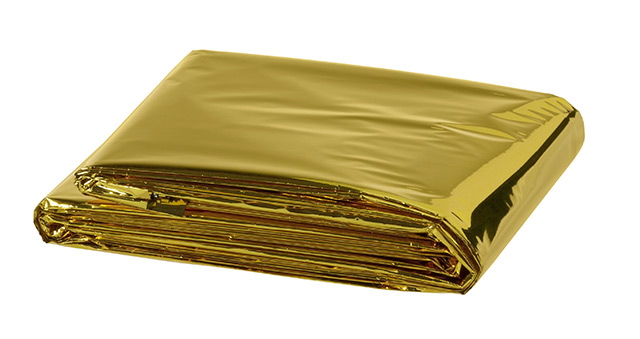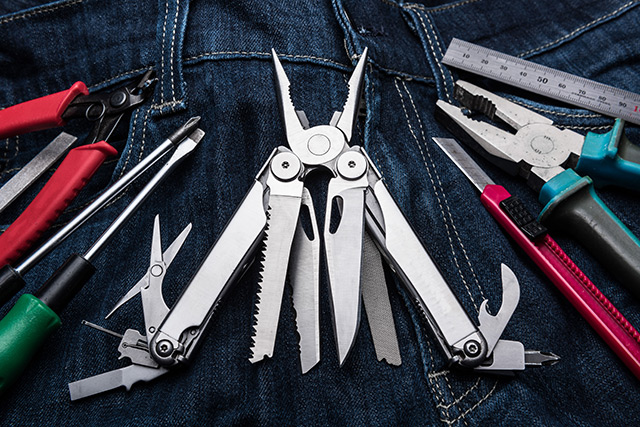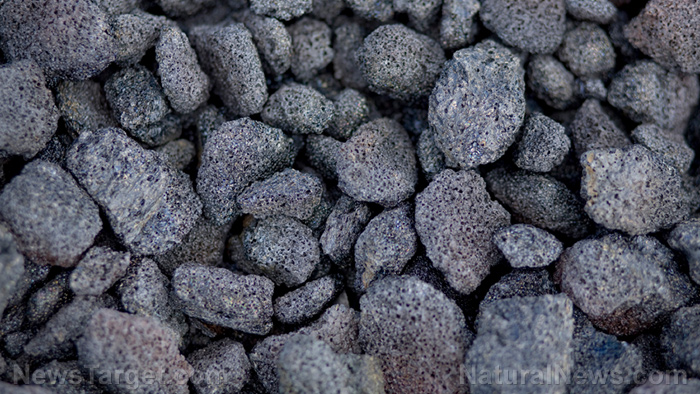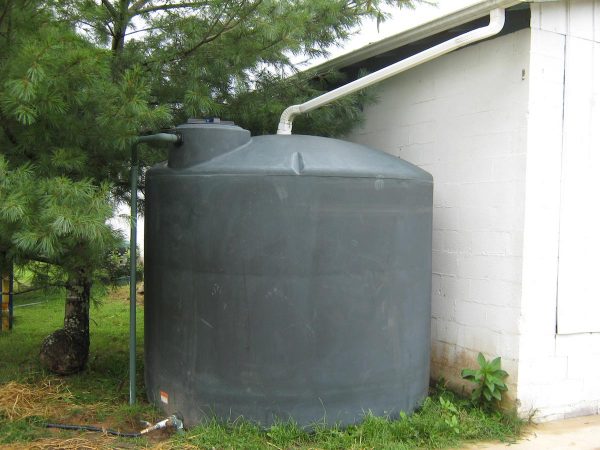As drought conditions continue to spread across the globe, from the 2015 drought in California that swept over 90 percent of the state to South American countries like Brazil, and even nations in Africa — it is clear that water is an ever-increasingly precious resource. Even though the Earth is approximately 70 percent water, the overwhelming majority of that water is saline and ocean-based, which means it’s undrinkable for humans. Just 2.5 percent of the earth’s water is freshwater, and even then — only 1 percent of that is readily accessible, as most of that is trapped in glaciers and snowfields.
As National Geographic explains, only about .007 percent of all the Earth’s water is available to its massive human population. This, of course, is a tremendous problem. But a new salvation could be on the horizon. Scientists have developed a special graphene sieve that stands to change the game when it comes to the world’s water crisis.
Graphene is a super-thin sheet of carbon atoms that are organized in a hexagonal lattice, and was first identified at the University of Manchester in 2002. Since then, it has been heralded as a “wonder material,” and scientists have been doing their bests to develop affordable graphene-based barriers to desalinate water on a larger scale.
And now, the team from Manchester has crafted a new device that can filter out salt using less energy. The new sieve is comprised of a graphene compound, known as graphene oxide, to create a rigid sieve that gets the job done. Dr. Rahul Nair led the University of Manchester researchers in their efforts to overcome some of the challenges posed by graphene as a water filtration system.
Graphene oxide membranes have already been shown to be able to filter out small nanoparticles, organic molecules and even large salts. But smaller, common salts were still beyond their reach. Previous research found that graphene oxide membranes would swell up when exposed to water, in turn allowing the smaller salts to pass through along with water molecules. But Dr. Nair and his colleagues have found a way to circumvent this problem. By placing epoxy resin walls on either side of the graphene oxide sieve, they were able to control the expansion and keep the salt particles from passing through. (RELATED: Find more news about scientific discoveries at Discoveries.news.)
Restricting the expansion in this way also gave the scientists the ability to fine-tune the properties of the membrane, such as adjusting how much salt was allowed to go through the sieve. As the BBC explains, when common salts dissolve in water, a “shell” of water molecules will form around the salt molecules. This actually allows the small “capillaries” in the graphene oxide membrane to then be able to stop the salt from flowing through along with the water.
“Water molecules can go through individually, but sodium chloride cannot. It always needs the help of the water molecules. The size of the shell of water around the salt is larger than the channel size, so it cannot go through,” Dr. Nair explained. And because water can flow through the graphene oxide membrane very quickly, it is ideal for water filtration.
According to Dr. Nair, the size of the holes in the membrane is very important. Keeping the capillary size at one nanometer, which is close to the size of a water molecule, forces the water to form an “interconnected arrangement like a train.” Dr. Nair says this makes the water move faster, but that this can only occur when the channel size is very tiny.
In a statement, Dr. Nair described the discovery as “a significant step forward and will open new possibilities for improving the efficiency of desalination technology.” Given that the UN has predicted at least 14 percent of the world’s population will suffer from water scarcity by 2025, this finding could really be described as more than “significant” and could potentially save lives in the near future. Clean water is essential to life, after all. Learn more at WaterFilters.news.
Sources:
CNN.com
BBC.com
Weather.com












